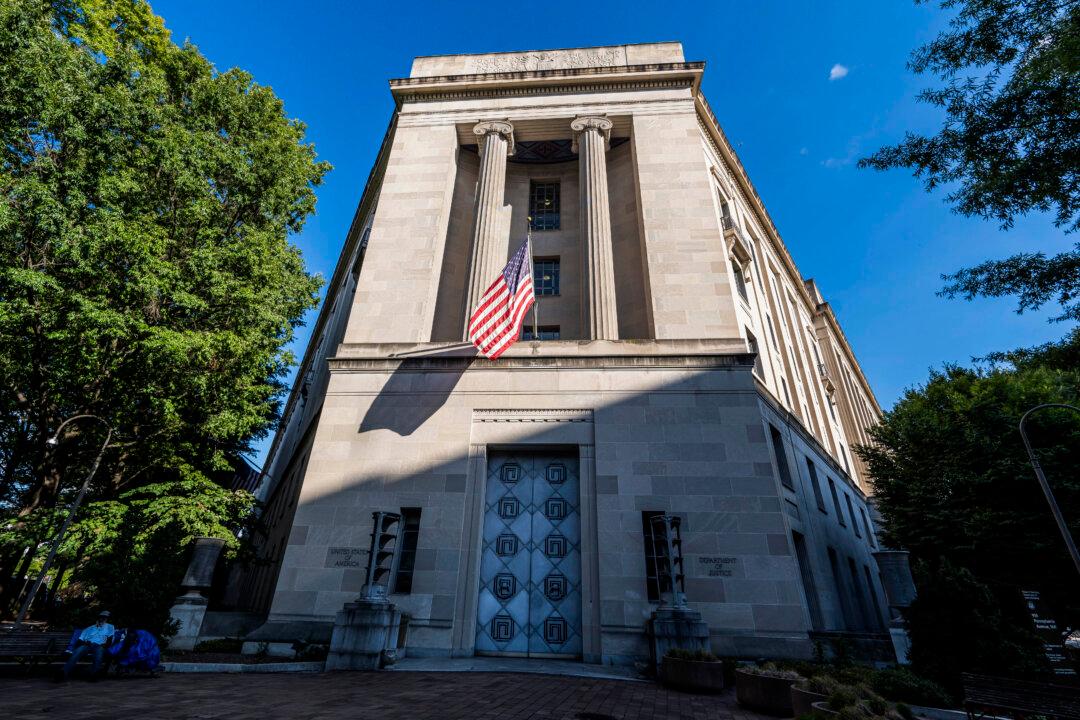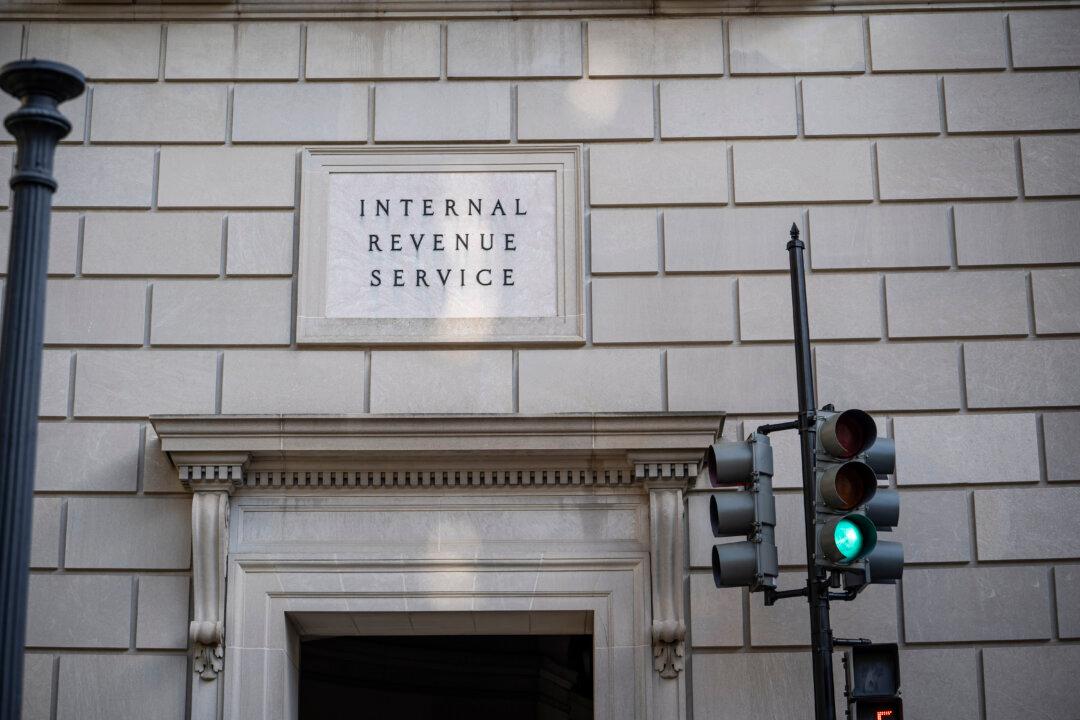The average new home loan size rose to a record in July as the housing supply crunch drove more prospective buyers to turn to newly built homes, according to the Mortgage Bankers Association (MBA).
The increase in average loan size occurred as the number of mortgage applications for new home purchases fell by a seasonally unadjusted 4 percent between June and July, MBA said in a statement.
“Mortgage applications for new home purchases declined in July—as is typical most summers when home sales start to moderate—but did come in at the second-strongest July reading since the inception of MBA’s survey in 2012,” said Joel Kan, MBA’s associate vice president of economic and industry forecasting.
The average loan size for new homes rose to $402,440 in July from $392,370 in June, driven by strong buyer demand coupled with constrained supply.
“Homebuilders are still facing elevated building costs and accelerating home-price growth from the continued imbalance between supply and demand,” Kan said. “The housing market is still extremely competitive, and prospective buyers have increasingly turned to newly built homes because for-sale inventories remain so low.”
Two-thirds of active buyers in the second quarter of 2021 spent three months or more searching for a home but remained empty-handed, according to the report.
“While the demographics and interest for home buying remain solid, higher costs and material access issues have resulted in lower levels of home building and even put a hold on some new home sales,” NAHB Chief Economist Robert Dietz said in a statement.
The Mortgage Bankers Association estimates that new home sales in July fell by a seasonally unadjusted 3 percent over the month—to 64,000 in July from 66,000 units in June.
“Mortgage rates followed an overall increase in Treasury yields last week, which started higher from the strong July jobs report before slowing because of weaker consumer sentiment and concerns about rising COVID-19 cases,” Kan said, according to Housing Wire.
Even so, average mortgage rates remain historically low, hovering around 3 percent, driven down in part because of the Federal Reserve’s near-zero benchmark interest rates, which hit the floor last spring as the central bank rushed to ease monetary conditions in response to the COID-19 pandemic.





